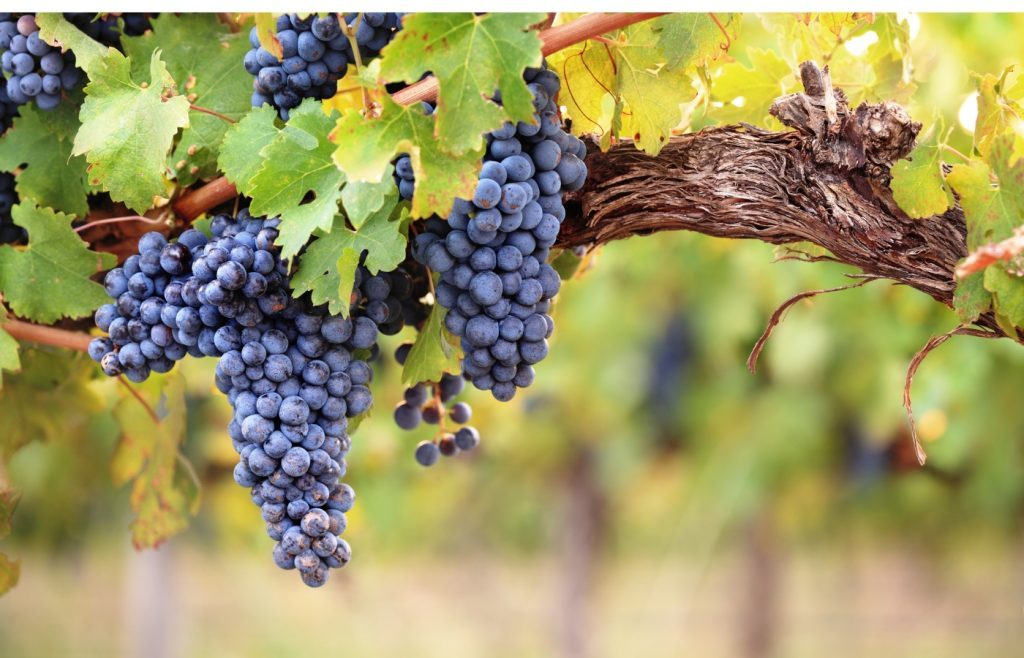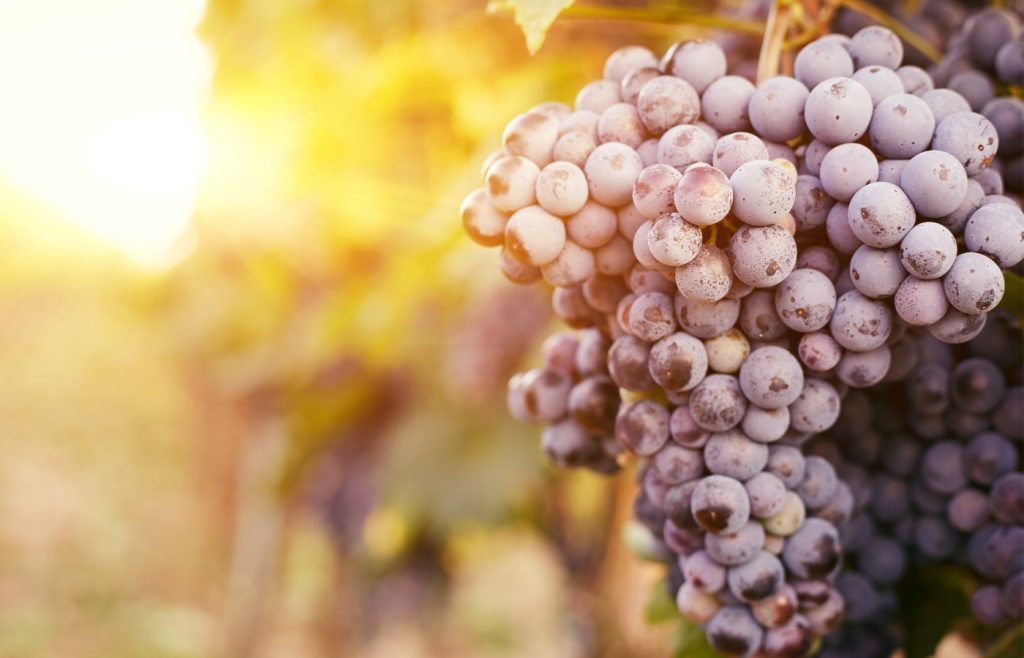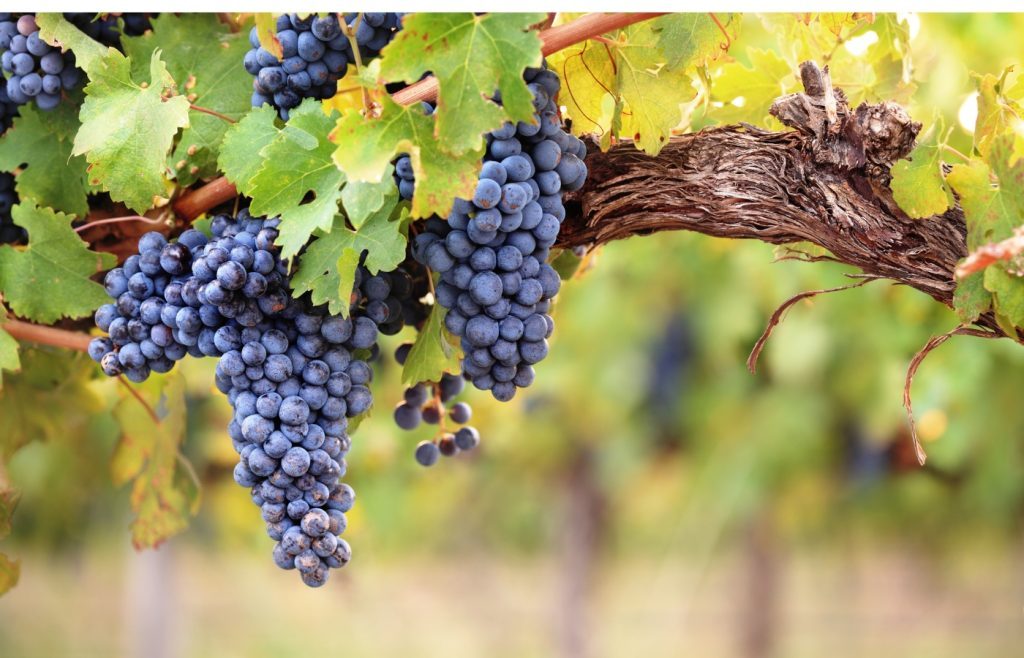The vine, a symbol of our terroirs, requires regular maintenance to produce beautiful harvests. Pruning plays a central role: it guides the growth of the plant and ensures the quality of the grapes. By mastering the techniques and key periods, you will steer your vine towards healthy and balanced production.
Why prune the vine?
Without pruning, the vine grows in a chaotic manner. Its shoots elongate and create a tangled mess that is difficult to control, causing the grape clusters to often be overshadowed by foliage. As a result, the fruits lack sunlight, their quality suffers, and harvesting becomes challenging.
Pruning helps to structure the plant, improve sunlight exposure, and promote good air circulation. Consequently, the vine remains vigorous and is less susceptible to diseases.

When to intervene?
The main pruning occurs in winter, between November and March, during the dormant period. During this time, the leaves have fallen, revealing the structure of the vine. You can then select the shoots to keep and prepare for the upcoming harvest.
In spring and summer, lighter adjustments are needed. This is referred to as green pruning. It aims to thin out the plant by removing unnecessary shoots or aerating the grape clusters to allow for more sunlight.
These interventions ensure optimal grape ripening while preventing diseases.
Key principles of good pruning
The vine bears fruit on the shoots of the previous year. During pruning, the goal is to retain promising branches that bear fruit buds, while removing those that would weaken the plant.
From the earliest years, training pruning shapes the structure of the vine. The aim is to form a strong trunk and a few framework branches that will support the fruit-bearing shoots. This stage requires patience: it is important to work gently to avoid compromising the vigor of the young plant.
The fruiting pruning, conducted each winter, becomes the essential rendezvous. You must select the best shoots and cut away unnecessary branches. Beware of balance: excessive pruning would reduce the yield, while insufficient pruning would lead to disorganized growth at the expense of the fruit.
Small summer gestures that make a difference
During the warm season, green pruning takes over to refine the winter work.
This involves removing superfluous shoots that unnecessarily drain the plant and pinching the ends of the shoots to concentrate energy on the grape clusters. A good thinning of the foliage also helps prevent stagnant moisture, often responsible for diseases like powdery mildew.
These discreet yet regular interventions help the grapes soak up sunlight and significantly improve their quality.

Equipping for success
The precision of your vine pruning relies on the right tools. A sharp pruner is essential for making clean cuts that facilitate healing of wounds. For thicker shoots, a small pruning saw is more suitable.
Make sure to disinfect your tools before each session to avoid the spread of diseases from one plant to another. And don’t forget to wear sturdy gloves to protect yourself from sometimes sharp shoots.

